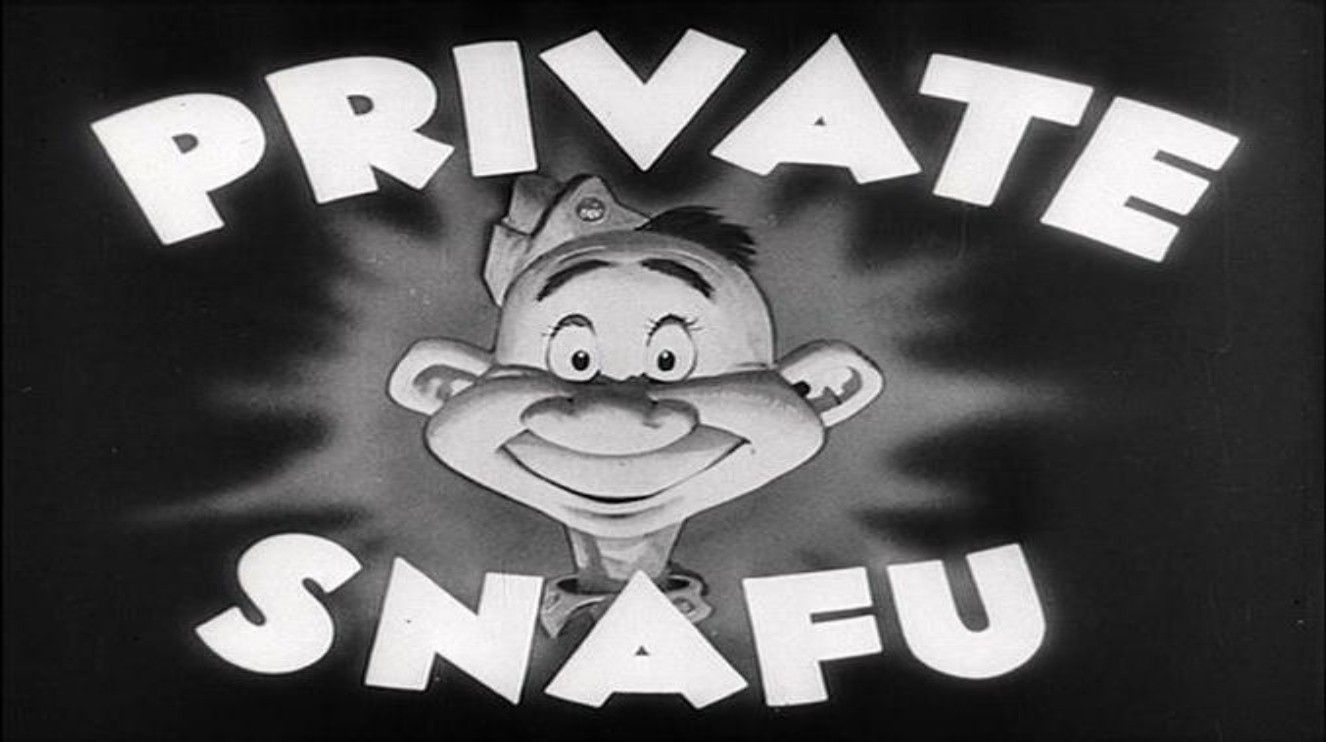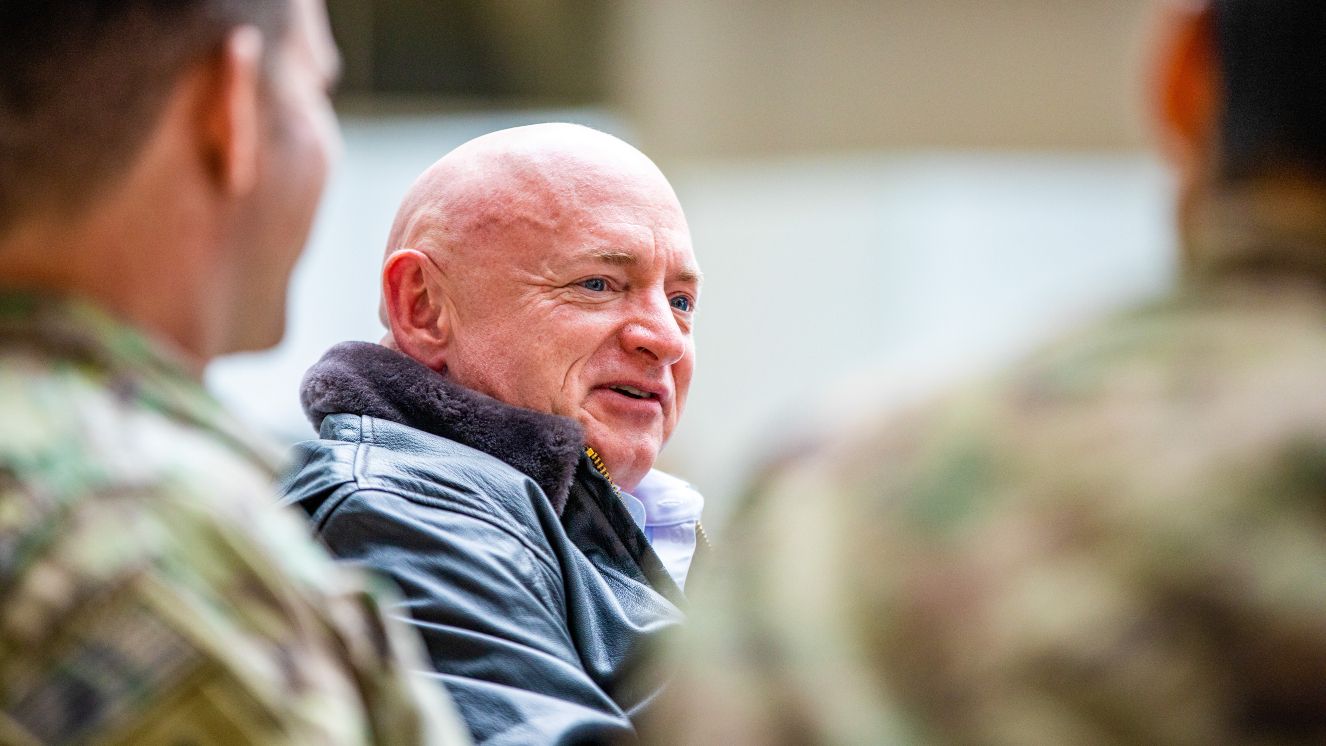HOW WWII’S PQ-17 & USS WASHINGTON FACED OFF AGAINST THE GERMANS

The inner workings of the U.S. Military and its road to victory during World War II included a lot of different underlying, and sometimes rarely discussed, efforts. We hear about the major battles. But what about the efforts of more basic, but important, missions? The USS Washington and PQ-17 were a part of one of these. The transportation of goods and men was an important mission to help aid Soldiers and efforts in the war. The convoy system refers to merchant ships that left the United States for Europe and were taken across the Atlantic among a group of ships prepped for battle. But what exactly is the convoy system? And what role did the USS Washington play in the Convoy PQ-17 mission? Suggested read:The Track Record of the M1 Abrams Speaks for Itself
The Convoy PQ-17 and the USS Washington: Mission and Background
A convoy is a group of ships or vehicles traveling together for greater protection. During WWII, merchant ships from all over the country were brought together and protected by Allied naval ships. They were transported across the Atlantic and defended against the German U-boats which resided in those waters. These convoys were given code names to distinguish where they were heading or coming from. Convoys heading to the Soviet Union were referred to as PQ. Convoy PQ-17 was tasked with bringing in critical supplies to the Soviet Union. British Prime Minister Winston Churchill promised to bring supplies from Britain to Russia every two months. By June 1942, Stalin was the most desperate of the Allied leaders for supplies. Convoy PQ-17 was supposed to deliver much-needed cargo (including more than 300 tanks). This was the first time Americans participated in running an Arctic convoy directly, and the American convoy was organized to assist in transporting these important supplies. The PQ-17 was supported by three minesweepers, four trawlers, and an escort group with six destroyers, four corvettes, and two submarines. The only air defense they had was a single CAM Merchant ship called Empire Tide. The distant cover would include heavy cruisers such as the HMS Norfolk, USS Wichita, and USS Tuscaloosa. The main fleet also involved the battleships HMS Duke of York and USS Washington. There was even an aircraft carrier called the HMS Victorious, two cruisers, and 14 destroyers. While Convoy PQ-17 was being prepared and going underway, German forces were doing everything in their power to stop it.
Operation Knight’s Move
The Germans were determined to stop the cargo transport and used their Norwegian bases to do it. The German navy planned Operation Knight’s Move (or Operation Rosselsprung). This operation would include the battleships Tirpitz, Lutzow, and Admiral Scheer. It also included the cruiser AdmiralHipper and destroyers that would attack the passing convoy when it was located.
Murmansk Run
The arctic route was referred to as “The Murmansk Run.” The PQ-17 Convoy had a strong support system initially (including the sturdy USS Washington, heavy cruisers, and destroyers). Originally, there were 35 ships, but two of the ships eventually had to turn back. On July 2, 1942, the attacks began. Attacks on the convoy increased over the next two days. The British Admiralty received notice that a German battleship was being sent towards the convoy. The Admiralty sent notice to convoy commanders to prevent damage and decrease risk to their warships. “Convoy is to scatter.” These words evoked fear in the men. The plan would make it harder for Germans to find many of the ships, but it also sealed the fate of the merchant ships.
The Merchant Ships
The merchant ships were left to fend for themselves without protection from the warships and battleships like the USS Washington. Twelve merchant ships were sunk by German forces on July 5. Although the odds were stacked against them, the men continued to fight with everything they had. Only 11 of the original 35 ships in the convoy reached Arkhangelsk. The material losses of the convoy were also concerning and included:
- 3,350 vehicles.
- 210 aircraft.
- 430 tanks.
- 99,316 tons of cargo (including food and ammunition).
The losses of PQ-17 and the next convoy, PQ-18, caused the convoy trips to the Soviet Union to be suspended until later that same year. There were 153 Allied seamen lost in the journey, but the men fought hard when the odds were stacked against them. If you’d like to hear more about the story, there’s a movie about the disaster. There are also several books you can read about the convoy. WWII has a rich history with incredible stories of perseverance, survival, and sacrifice. The sacrifice and bravery of the men on the USS Washington and within the PQ-17 who continued to fight when the odds were stacked against them should always be remembered. Read next:Meet the HEXA Drone: We Officially Have a Flying Car
Image: Bureau of Ships Collection in the U.S. National Archives, 19-N-63999
BY SHANNON LAWLOR
Shannon Lawlor is a Contributing Writer at VeteranLife.com.
Shannon Lawlor is a Contributing Writer at VeteranLife.com.



